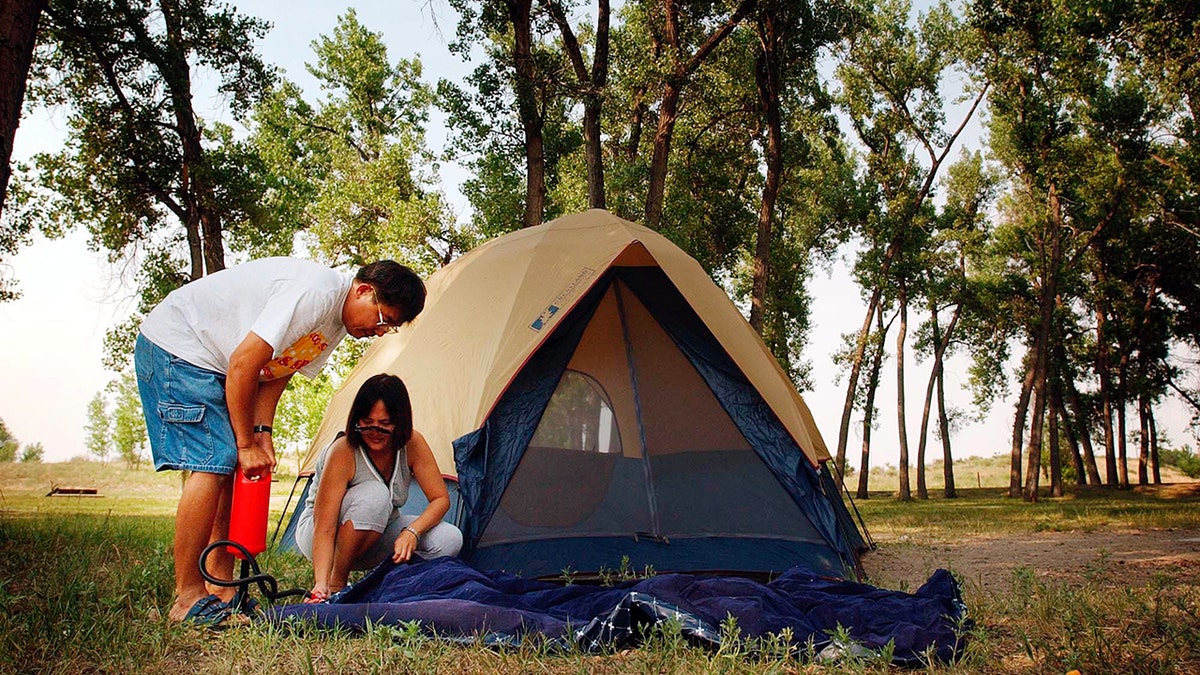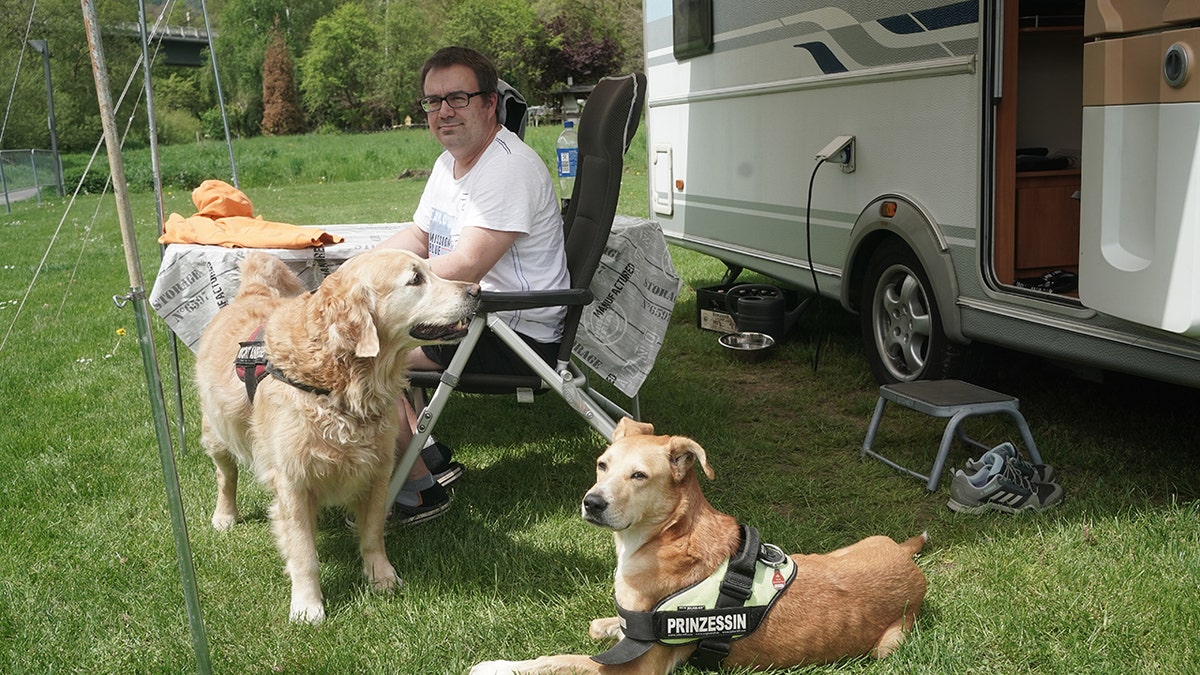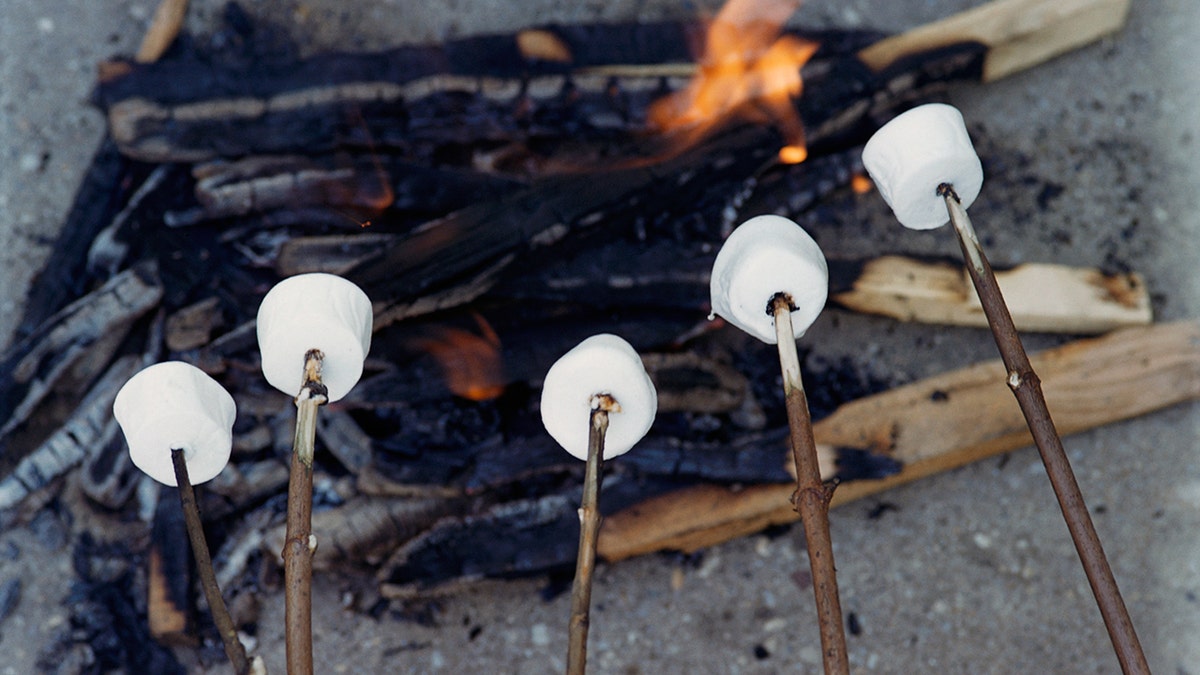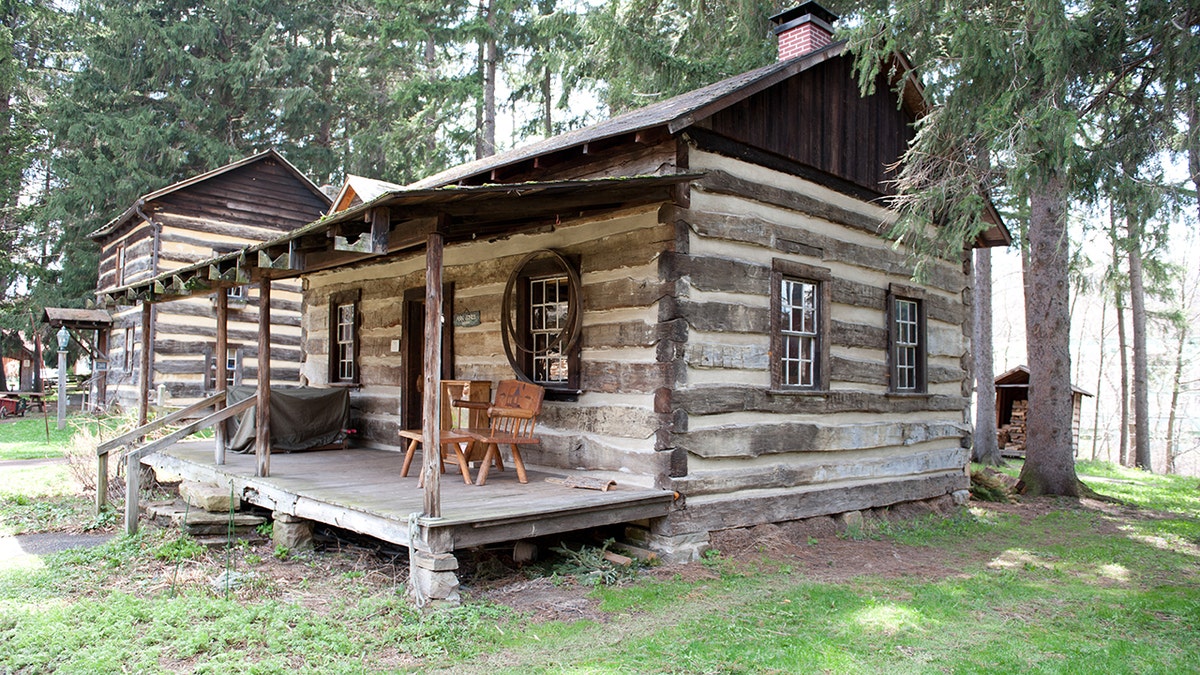Just as the experts would have predicted before the season began, the Mets and the Padres opened a series against each other to close the season’s first half as two of the hottest teams in baseball.
A sweep in Arizona lifted the Mets to a fifth consecutive victory, equaling their season high. As the summer’s final three days before the All-Star break arrived on Friday, the Mets’ win streak was tied with surging Cincinnati’s for the best in the majors.
The Padres, following Thursday’s day off, came sprinting into the weekend after dumping the Los Angeles Angels in a three-game sweep. As Yu Darvish lined up against Justin Verlander for an intriguing start to a weekend of baseball in San Diego — Friday’s crowd of 42,712 was the Padres’ 37th sellout this season — both teams were swinging with abandon and rolling in momentum.
“They’re just another team in our way,” Pete Alonso, the Mets’ only All-Star this season, said coolly Friday as the series opened.
And the Padres proved to be just that on the first night of a three-game series, with the Mets winning, 7-5, in 10 innings, extending their winning streak to six games. It now is the longest in the majors — Cincinnati lost in Milwaukee on Friday — and it is the second-longest streak to begin the month of July in club history, following a 10-0 start in 1991.
“We need to go on a streak,” Verlander said after Friday’s win. “Some games are like yesterday’s and some games are like today’s — some things go your way.
“It seems like a lot of things haven’t been going our way, so it’s nice to see”
The high-stakes tension to keep a season from slipping away was evident in Ha-Seong Kim’s reaction when he was thrown out trying to stretch a double into a triple with one out in the seventh inning of a 3-3 game. Angry at his mistake, he kicked a water cooler in the dugout, injured his big right toe and the Padres listed his status as day-to-day. His absence would be a blow: Kim has been batting leadoff and is one of San Diego’s best players. With 4 wins above replacement, by Baseball Reference’s formula, he is ranked second in the National League among position players behind Atlanta’s Ronald Acuña Jr., and he leads all major leaguers in defensive WAR.
In many ways, the start of the series felt as if the teams were picking up where they had left off last October when deafening noise, kaleidoscopic colors and taut tension were the hallmarks of a memorable three-game wild-card series in which the Padres ended the Mets’ season at Citi Field.
The futures of both teams seemed limitless at the time.
Well, maybe not so much.
Instead, these star-studded teams with outrageous payrolls and outsized expectations remain mirror images of each other, all right. But the images are distorted as if by a fun-house mirror.
Despite their recent hot streaks, the Mets and the Padres have very little to show for more than a half-billion in combined payrolls for the 2023 season. The Mets’ total payroll is estimated at more than $340 million, according to Spotrac, while the Padres are on the hook for more than $240 million. For all that cash, each team entered the weekend at 41-46, which was 6.5 games behind the Philadelphia Phillies for the National League’s third wild-card spot.
The Mets’ desperation to fix their season was embodied by shortstop Francisco Lindor during the sweep of Arizona. He was so ill that he nearly had to skip Wednesday’s game, and he bounced back only after receiving intravenous fluids for dehydration. He then went 5 for 5 with two triples and a homer as the Mets whipped the first-place Diamondbacks, 9-0, on Thursday.
Goodbye, virus; hello, optimism?
“We’re going to make something out of it,” Lindor promised after the game. “Now the question becomes how deep we’re going to go.”
The Padres’ own desperation was evident a night earlier. They had returned from a 1-5 run through Pittsburgh and Cincinnati that Manager Bob Melvin termed a “miserable trip.” With two wins against the Angels, they had a chance to finish their first series sweep of the season. San Diego’s All-Star closer, Josh Hader, had worked on Monday and Tuesday and had not pitched on three consecutive days since 2021. Sensitive to overuse after his years in Milwaukee, he had declined an opportunity to do it in San Francisco last month.
Yet with the Padres leading by 5-3 in the ninth inning on Wednesday, here came Hader.
“He’s got a sense of where we are as a team,” Melvin explained afterward. “So he wanted the ball tonight in a save situation.”
Desperate times.
“It was the right situation and I was able to make it happen,” Hader said on Friday. “It comes down to making sure you’re healthy. In the long run, if I can’t provide for the team later because of injury, then it’s no use.”
Though the Padres’ rotation led the N.L. with 39 quality starts through Thursday, they stepped into the series with the Mets with a fairly modest goal of extending their modest winning streak into what would be a season-high four consecutive wins.
Stringing together victories has been hard thanks to their .219 batting average with runners in scoring position, which was the worst in the majors entering Friday’s game. A team with sluggers like Manny Machado, Juan Soto, Xander Bogaerts and Fernando Tatis Jr. was staring up at dreadful clubs like Oakland (29th, .229), Kansas City (28th, .233) and Detroit (27th, .236).
The Padres’ .194 batting average in “late/close” situations — defined by Baseball Reference as “any plate appearance from the seventh inning on in which the batting team is either in a tie game, ahead by one run or has the potential tying run on deck” — was ranked 29th in the majors through Thursday.
Not surprisingly, given those numbers, the Padres were 1-36 when trailing after seven innings. The Cardiac Kids, they are not.
Still searching for a combination that clicks, San Diego parted ways with the struggling designated hitter Nelson Cruz on Tuesday, designating him for assignment. There was no reason to have him and Matt Carpenter both as veterans on the bench to pinch-hit, even if one bats right and the other left.
It was not the type of move that had been expected from a team that sprinted all the way to the N.L. Championship Series last October before losing to Philadelphia. And it showed how much the Padres would need to change if they wanted to get back to contention.
“We’ve got to come out every day and play like it’s our last one,” Bogaerts said.
The Mets and the Padres have been such enigmas this summer that each team’s owner conducted what amounted to a mini State of the Union address within four days of each other.
On June 28 at Citi Field, Steven A. Cohen offered public support for Manager Buck Showalter and General Manager Billy Eppler. He reiterated that he still planned to hire a president of baseball operations. The game’s worst-kept secret, of course, is that David Stearns, the former president of the Brewers, is likely to fill that role once his contract with Milwaukee expires.
On July 1, in an interview with The San Diego Union-Tribune, the Padres’ owner, Peter Seidler, showed support for A.J. Preller, the team’s president of baseball operations, who is under contract through 2026. Like Cohen, Seidler said he valued “stability.” He added: “I’m for excellence. And to me, A.J. is excellence.”
Speaking Friday, Machado, like Seidler, chose the optimistic, long view.
“It makes everything more special when you struggle,” Machado said. “You look back, like, I went through all this and, damn, look how positive things turned out.”
Now, what are arguably the game’s two most disappointing teams have what could be their last chance to push away the gloom by extending the small glimpses of sunlight they captured in the early days of July. The trade deadline looms on Aug. 1, and Eppler and Preller must soon decide whether to be buyers or sellers.
After going 7-19 in June, the Mets pounded out 17 hits and collected 32 total bases Thursday night. The Mets played a crisp, well-rounded series against a sneaky good team. Manager Buck Showalter said Arizona is as athletic as anybody the Mets have faced this year.
During their six-game winning streak, Mets starting pitching have compiled a 1.80 E.R.A. Carlos Carrasco threw his finest game of the season Thursday, and Verlander and Max Scherzer are up and running together in the rotation after detours including injuries and, for Scherzer, a 10-game suspension for a violation of the league’s ban on the use of foreign substances on a baseball.
Though Verlander wobbled through parts of his start in San Diego, surrendering two earned runs and walking three in six innings, he now has worked six or more innings in seven of 12 starts this season.
“Every day is its own entity and we just want to be able to build off of solid performances,” said Alonso, who took early batting practice on his first day in San Diego in preparation for Monday’s Home Run Derby in Seattle. “You can’t think about too much in the future. You just want to focus on winning today.”






